Market Trends
Key Emerging Trends in the Asia Pacific Aesthetics Market
The Asia Pacific aesthetics market is witnessing dynamic trends driven by evolving consumer preferences, technological advancements, and the growing influence of beauty standards across the region. In recent years, there has been a noticeable surge in demand for cosmetic procedures and products, reflecting the increasing emphasis on personal appearance and self-care among the population. One prominent trend shaping the market is the rising popularity of non-invasive procedures such as injectables, laser treatments, and chemical peels. These minimally invasive techniques offer effective solutions for addressing various aesthetic concerns while minimizing downtime and discomfort for patients.
Furthermore, the Asia Pacific region is experiencing a significant shift towards holistic beauty approaches, with consumers seeking treatments that enhance both physical appearance and overall well-being. This trend is driving the adoption of natural and organic skincare products, as well as non-traditional treatments like acupuncture and traditional Chinese medicine-based therapies. As awareness of the long-term effects of synthetic ingredients grows, consumers are gravitating towards safer, more sustainable alternatives, fueling the demand for ethical and eco-friendly beauty solutions.
Another notable trend in the Asia Pacific aesthetics market is the increasing influence of digital and social media platforms on consumer behavior and purchasing decisions. With the rise of beauty influencers and online beauty communities, individuals are exposed to a myriad of beauty trends, product recommendations, and treatment options, leading to greater awareness and experimentation with aesthetic procedures and skincare regimens. Social media platforms also serve as powerful marketing channels for aesthetic clinics and skincare brands, enabling them to engage directly with consumers and showcase their products and services to a wider audience.
Moreover, the aging population in many Asian countries is driving demand for anti-aging treatments and skincare solutions. As people seek to maintain a youthful appearance and combat the signs of aging, there is a growing demand for products and procedures that target wrinkles, fine lines, and age-related skin concerns. This demographic shift presents lucrative opportunities for companies operating in the aesthetics market, as they develop innovative anti-aging technologies and formulations tailored to the specific needs and preferences of mature consumers.
Additionally, the COVID-19 pandemic has had a profound impact on the Asia Pacific aesthetics market, causing temporary disruptions in supply chains, clinic operations, and consumer spending patterns. However, the pandemic has also accelerated certain trends such as the adoption of telemedicine and virtual consultations, as well as the emphasis on hygiene and safety protocols within aesthetic clinics and beauty salons. As the region gradually recovers from the effects of the pandemic, there is renewed optimism and investment in the aesthetics industry, with stakeholders focusing on innovation, customer experience, and sustainability to drive growth and differentiation in the market.


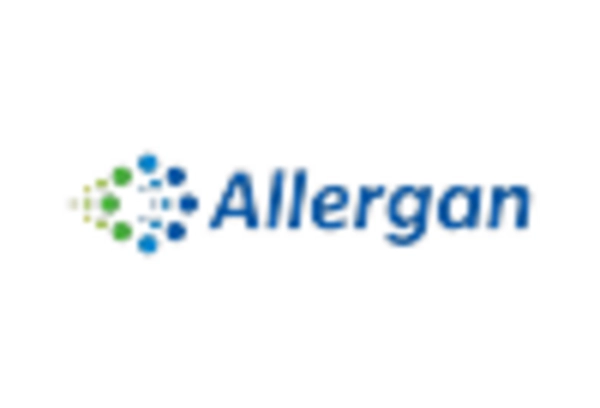
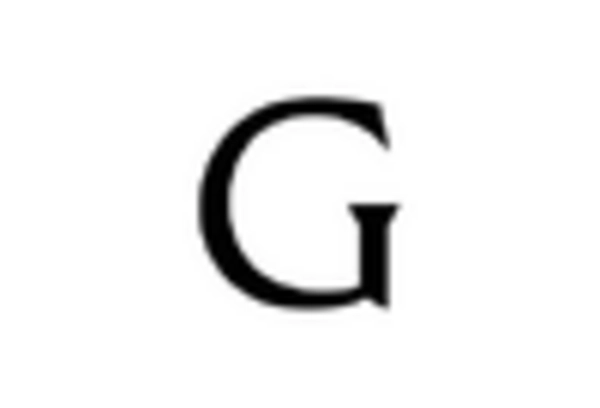
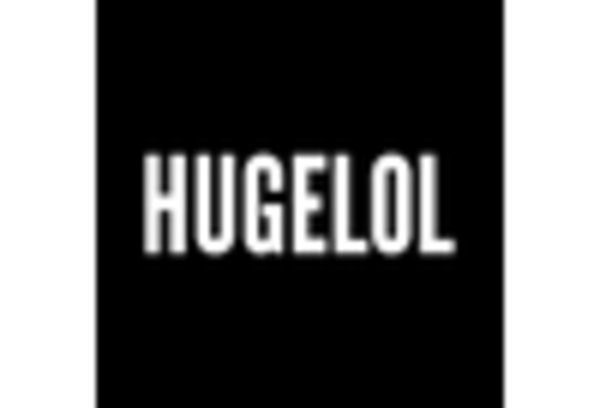
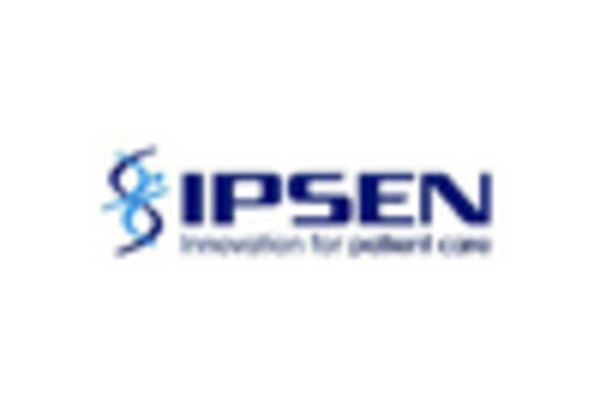
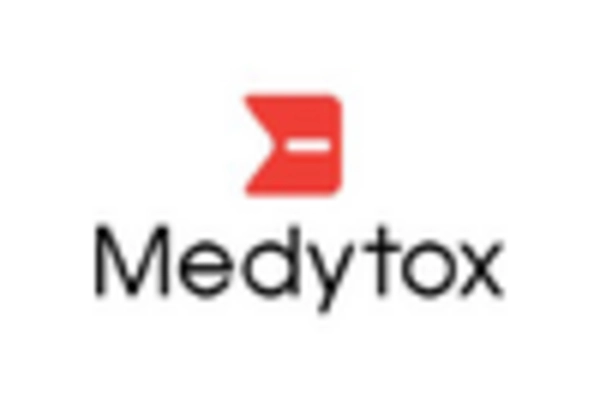










Leave a Comment